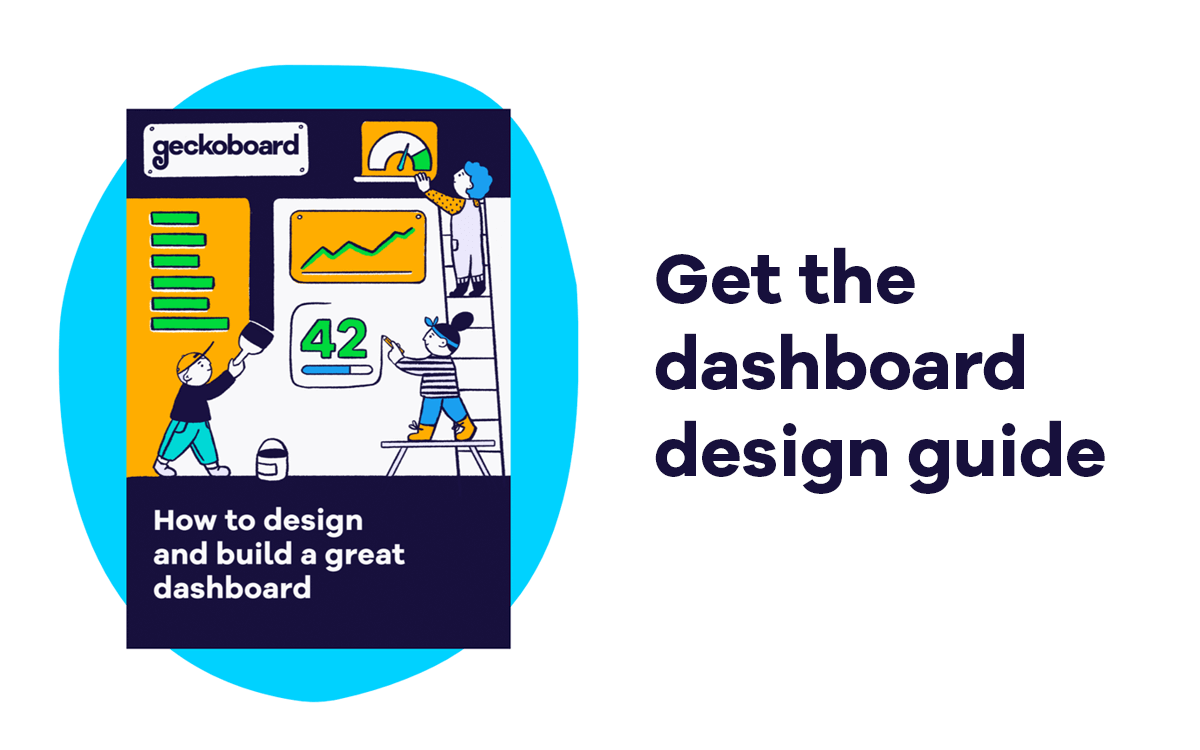Dashboard layout
The layout of your dashboard can have an effect on the way your viewers read and perceive the information you’re sharing. It’s important to design a dashboard that is as simple and easy to view and interpret as possible, here are some key pointers on how to do this.
Your dashboard’s purpose will inform its design.
Everything should support your dashboard’s intent, try not to distract viewers with unnecessary metrics.
Size up your most important metrics and use the top left corner to highlight key numbers.
Help your viewers know if a number’s good or bad with status indicators and goal visualizations.
We covered how to group widgets in the last section. Make your metrics easy to find and interpret by grouping related metrics together and giving them a clear heading.
Use the same visualizations and layouts so that your viewers can easily draw comparisons.
Keep them short and self explanatory.
Too much detail could make minor changes seem major.
If you're unsure of the best visualization option to display your data, follow the steps in this flow chart.
Check that your dashboard is encouraging the right behaviour and that your viewers are getting all the information they need.
Download our guide on building and designing a great dashboard.
